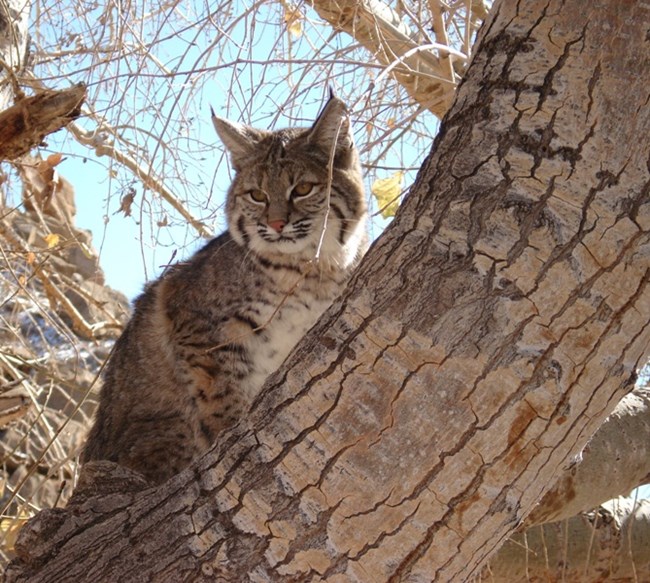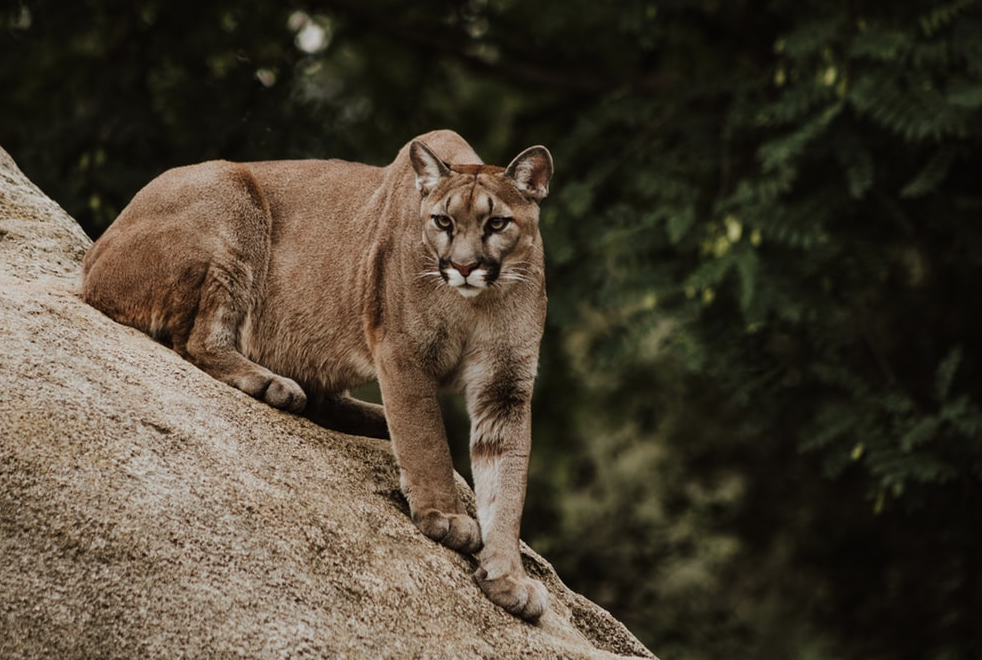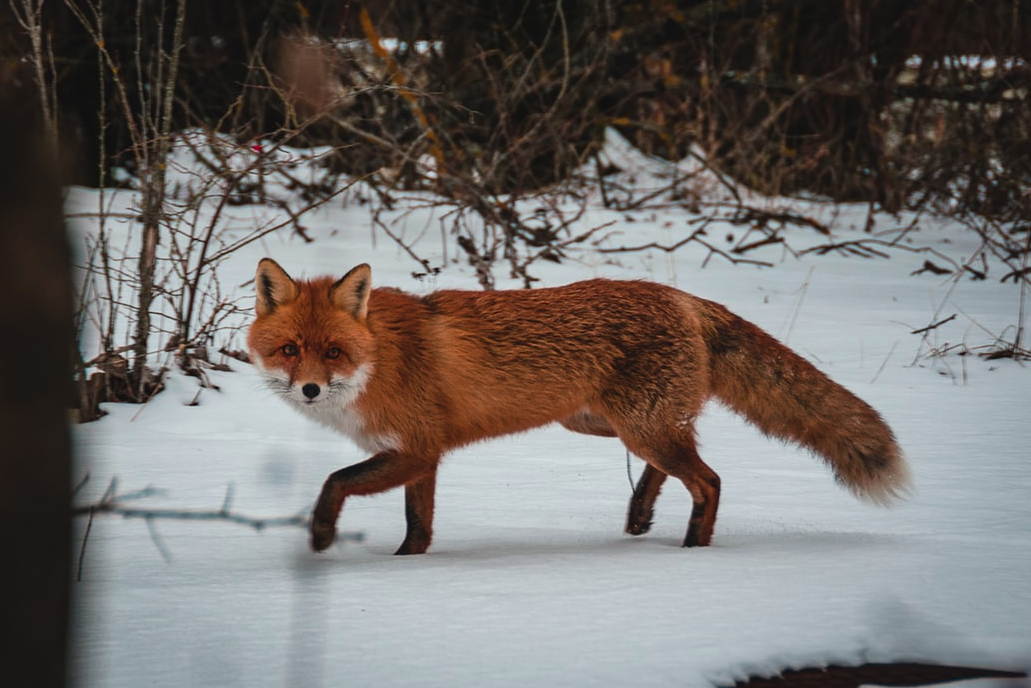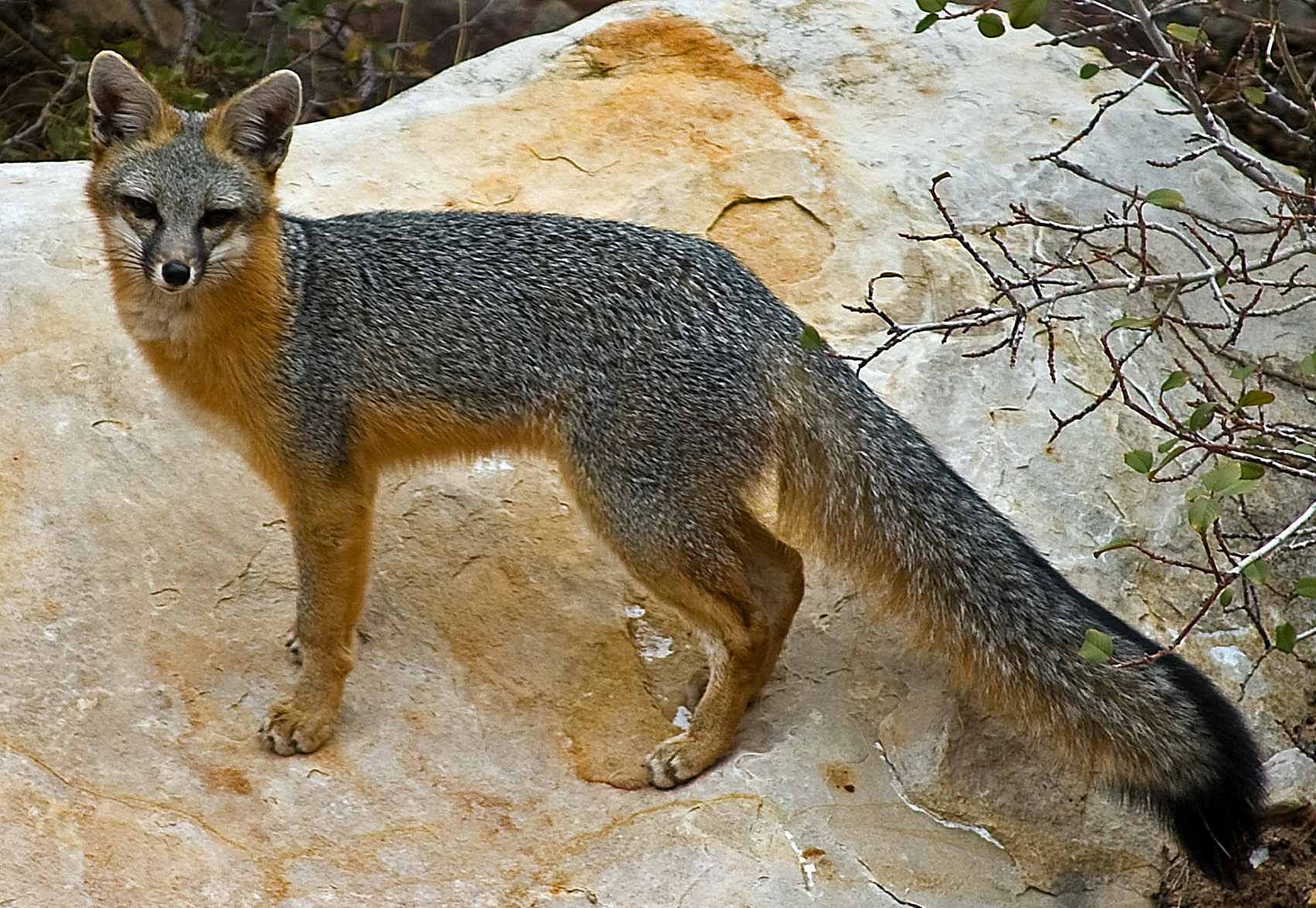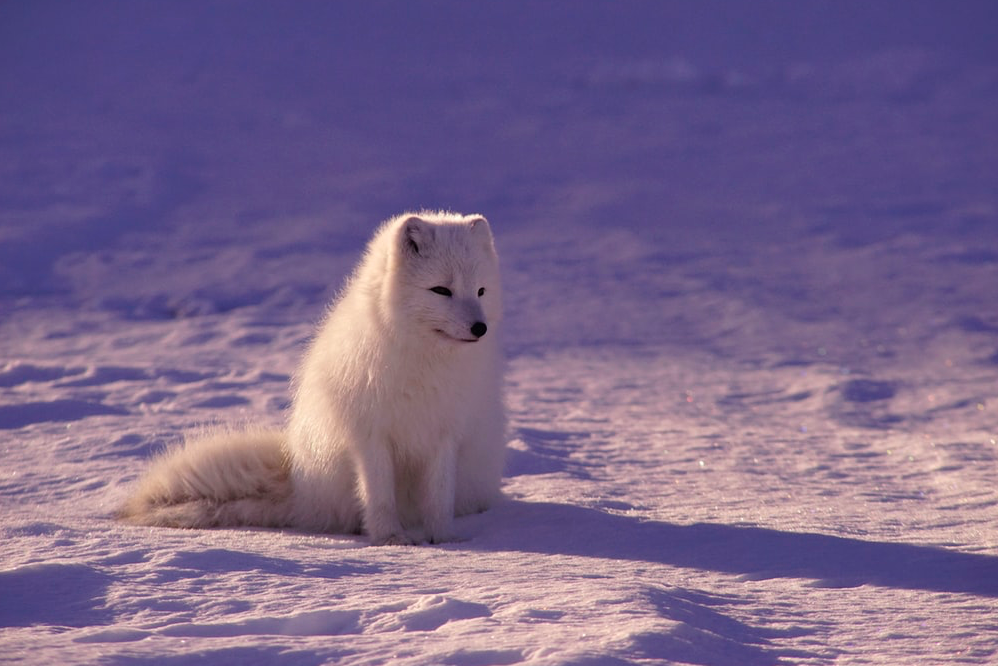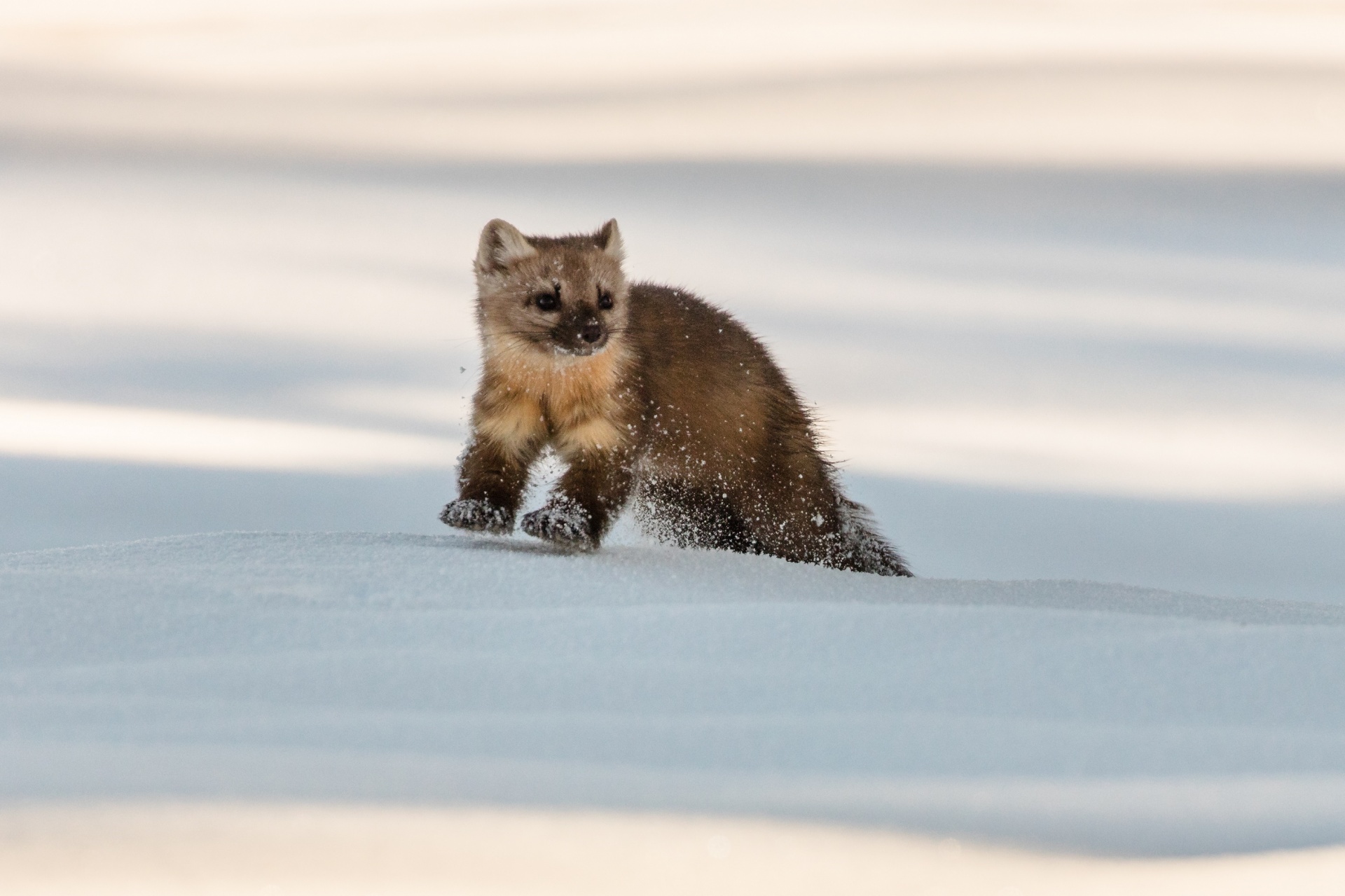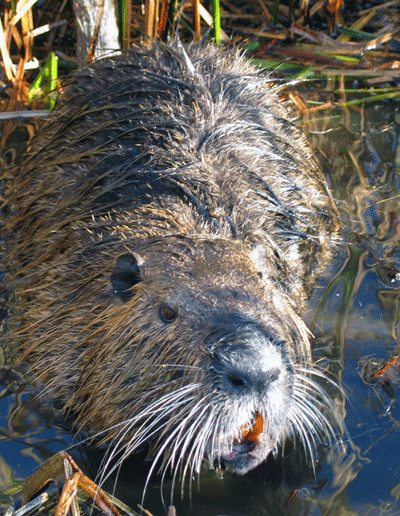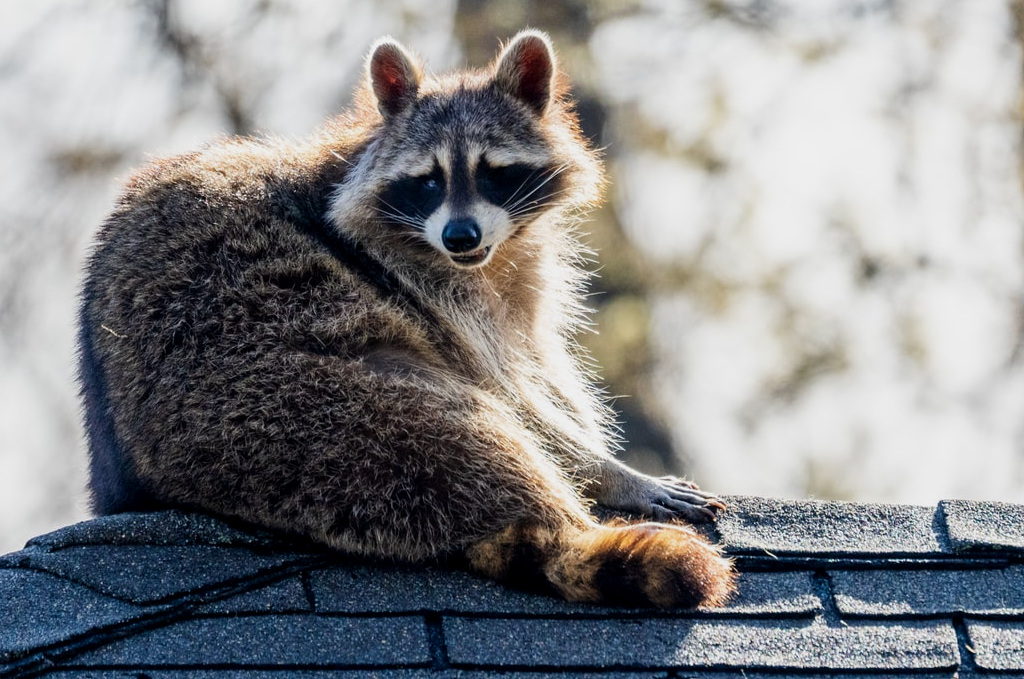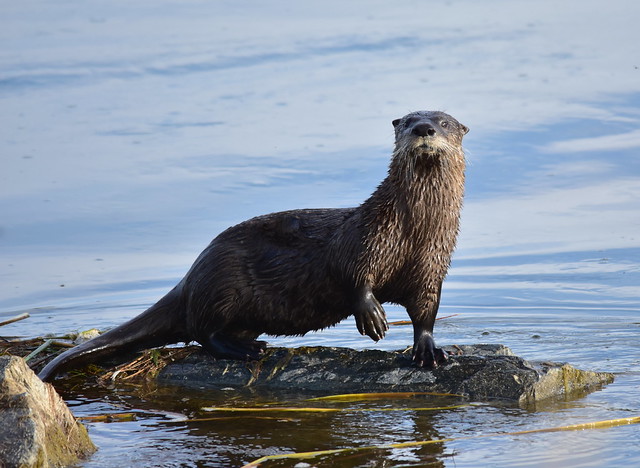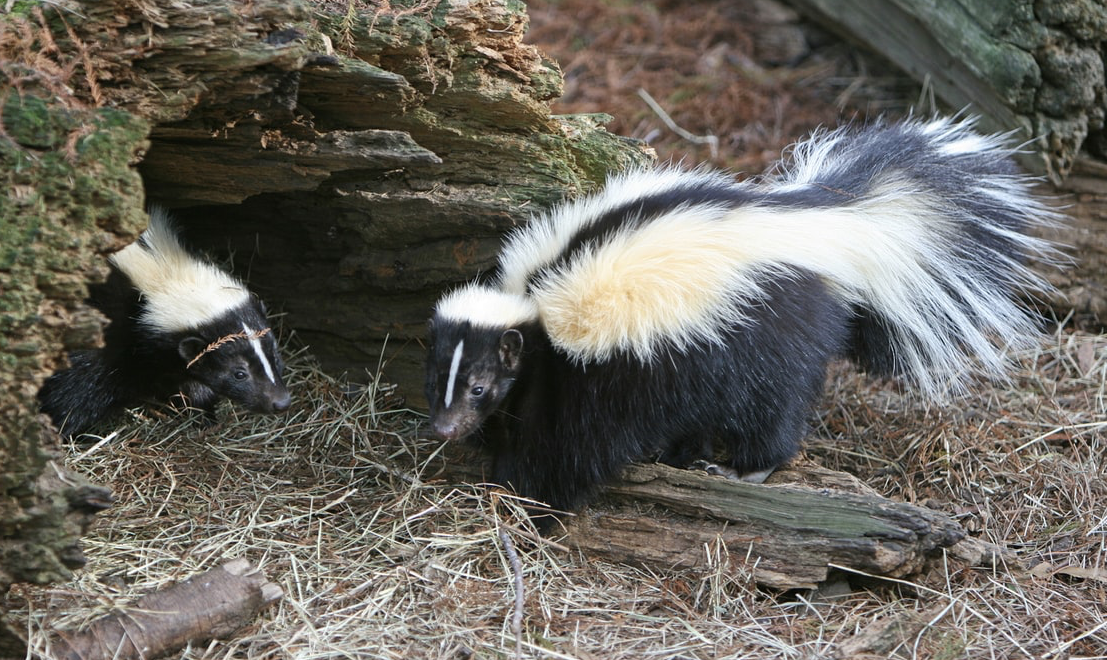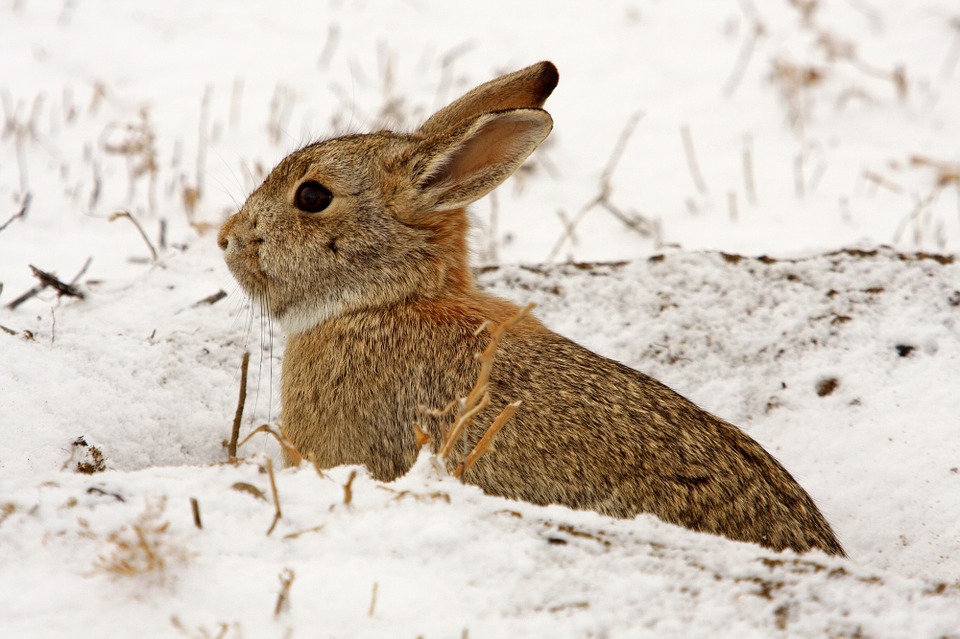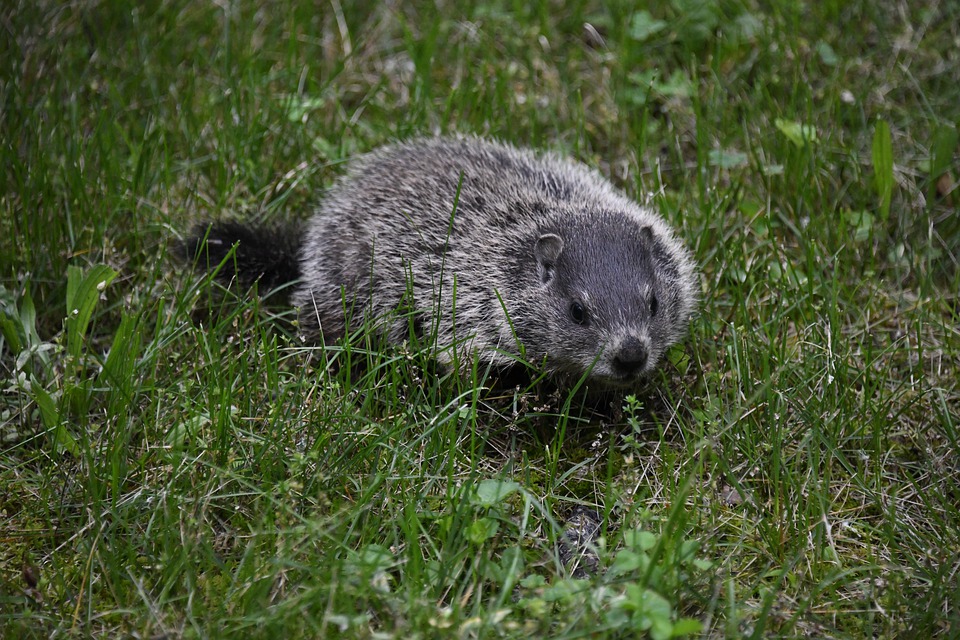The term “furbearer” is exactly as it sounds - a wild animal that bears fur. The terminology has been derived from traditional verbiage to identify mammalian species that are trapped or hunted for their fur hides.
Furbearers are a diverse group, including both large mammalian carnivores and smaller rodents. They comprise some of the most abundant mammals in North America - including raccoons, foxes, beavers, and many others. As such, this integral grouping of wildlife are both sought to be protected as a natural resource, and in constant need of regulatory management due to their thriving populations. The ability (of many) to adapt to urban environments alongside humans poses additional challenges when discussing best management practices for these abundant species.
Fur-bearing species are managed by state, federal, and tribal conservation programs to promote both sustainable use of these animals as a natural resource, and ensure the overall health of their individual populations. People have continuously utilized furbearers in North America for food, clothing, and religious ceremonies for the past 11,000 years.
While all mammals have hair, only a select few species possess the type of dense under-fur sought by humans for use as an insulating resource in cold climates. Most furbearers possess two layers of fur. The first is a dense, soft underfur that provides insulation and water-repellent qualities. The second, an outer layer of longer, glossy guard-hairs that grow through the underfur to help protect the soft “cottony” underfur from matting and abrasion. An animal’s fur is usually considered “prime” (when at its thickest, and most desired) in mid-winter, when the animal’s coat is fresh and fully grown. The timing for optimal primeness may vary somewhat depending on the species, geographical location, daylight, and terrain elevation.
Today, with most fur-bearing species thriving in great abundance across most of their traditional ranges, the need for management of their healthy populations is paramount to long-term sustainability and natural biodiversity. Wildlife management professionals, the general public, and biologists, all rely on licensed trappers to assist with regulating abundant furbearer populations to help curb wildlife/human conflict, disease, depredation and in-field monitoring, and act as surveyors of local furbearer habitats to ensure the healthy abundance of these species into the future.
Curious which wildlife species are considered Furbearers? Explore the list below:
Common Furbearers:
Secondary Furbearers:
While the species listed below are not widely considered “furbearers” by most state/federal management agencies, their pelts do historically hold value for early North American settlers and Native Americans. The hides, guard hair, edible meat, and other various portions of these common mammals are still utilized today in niche markets by modern-day citizens. For this reason, we are listing these mammals in our lineup as “secondary” furbearer species.





